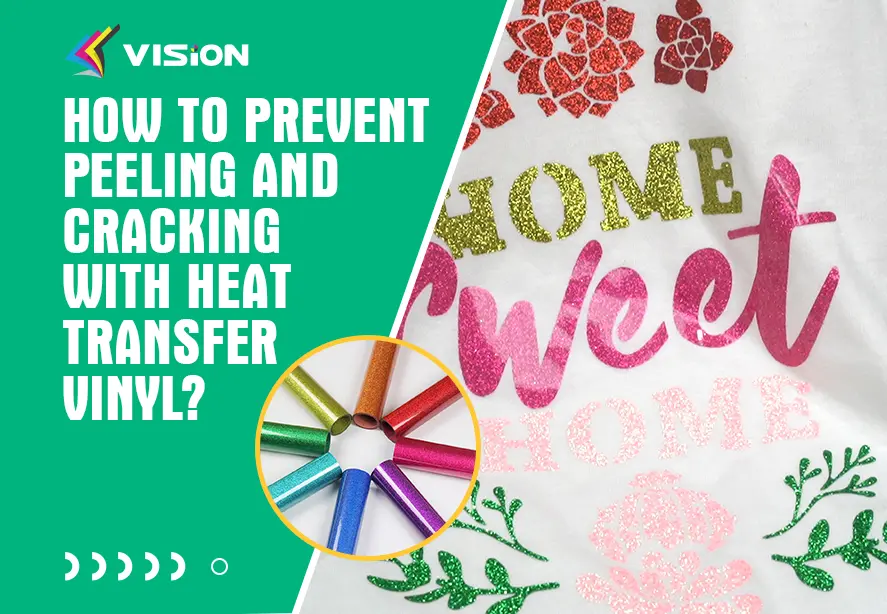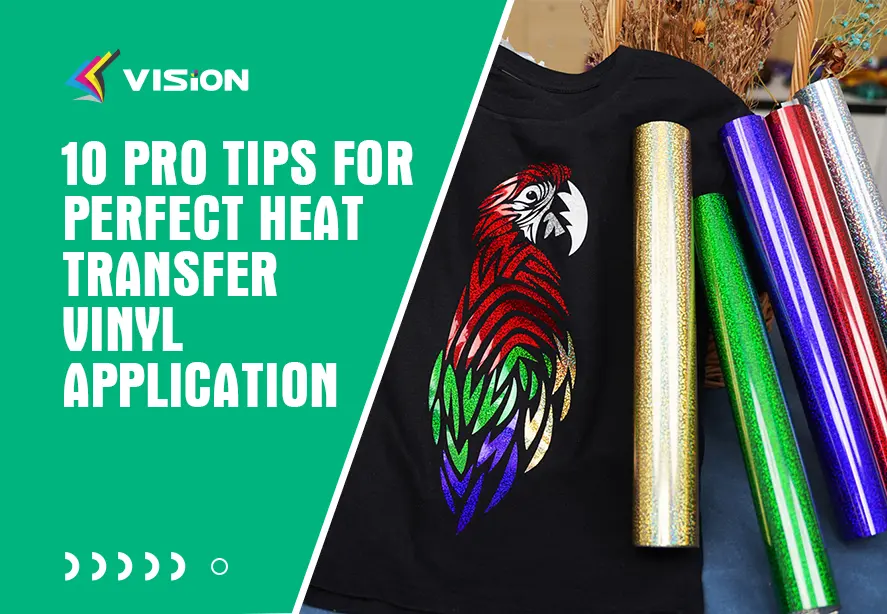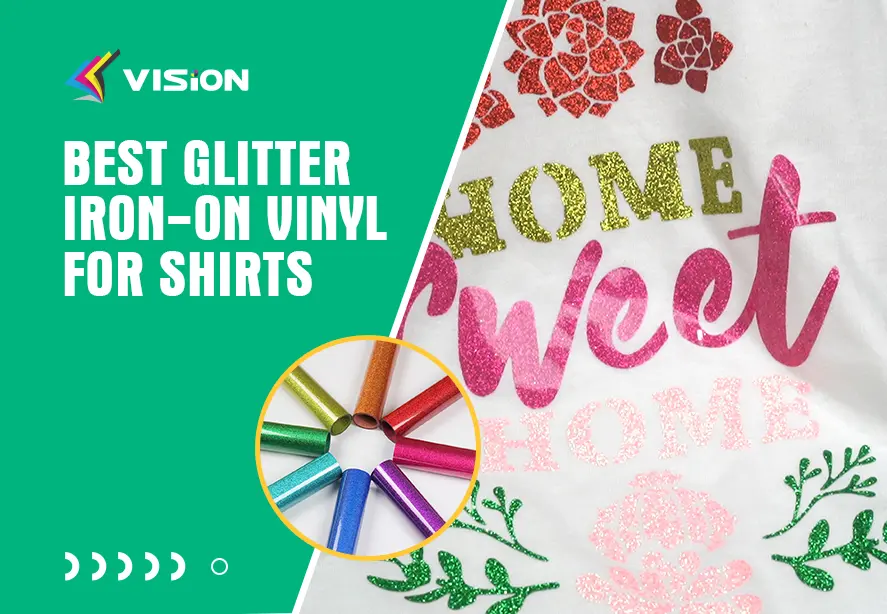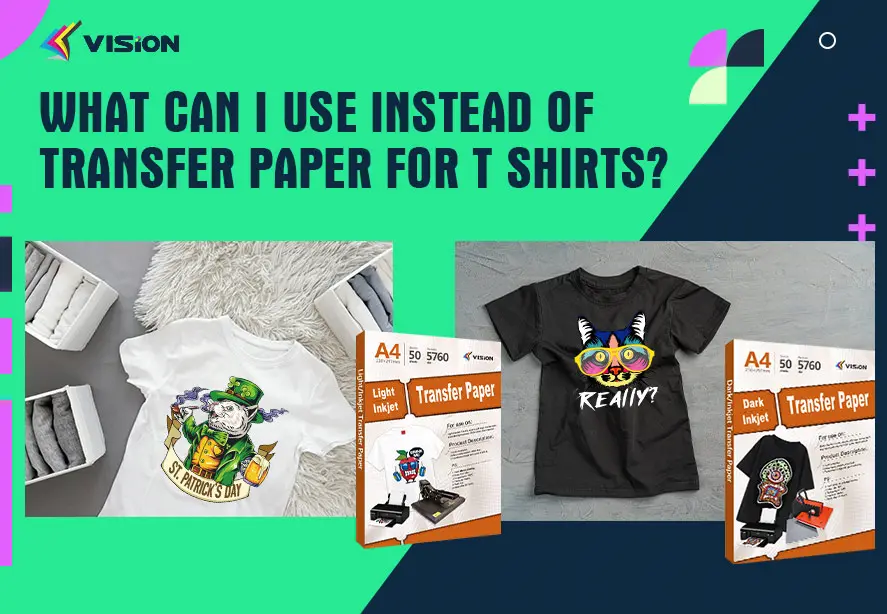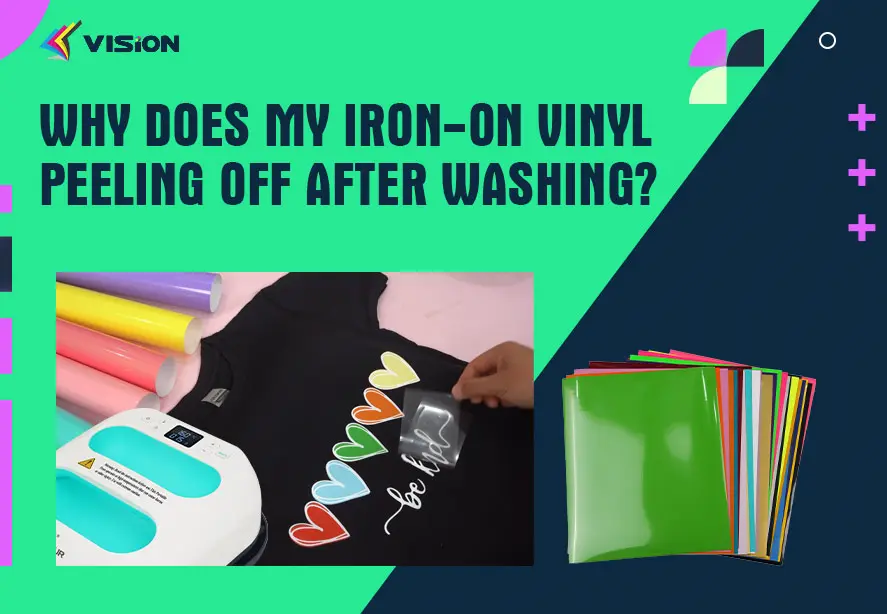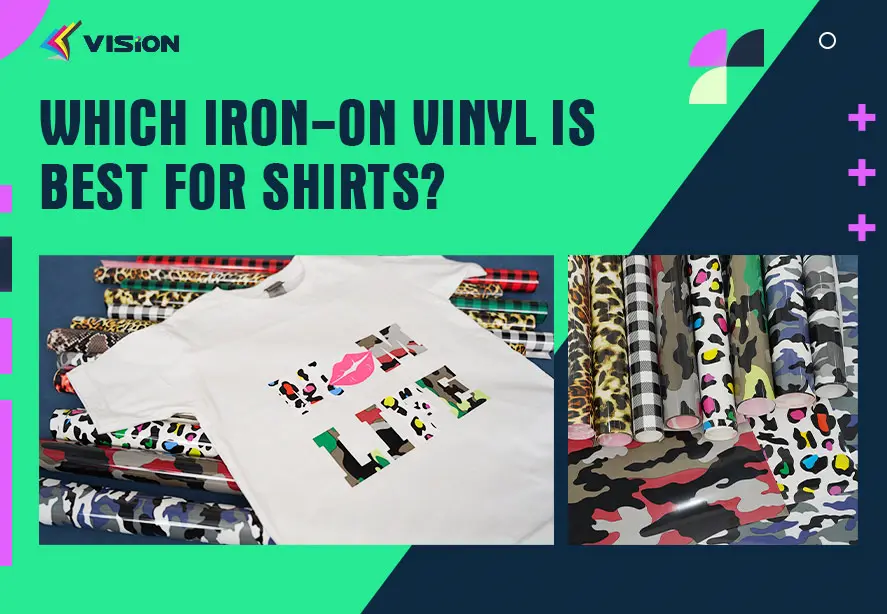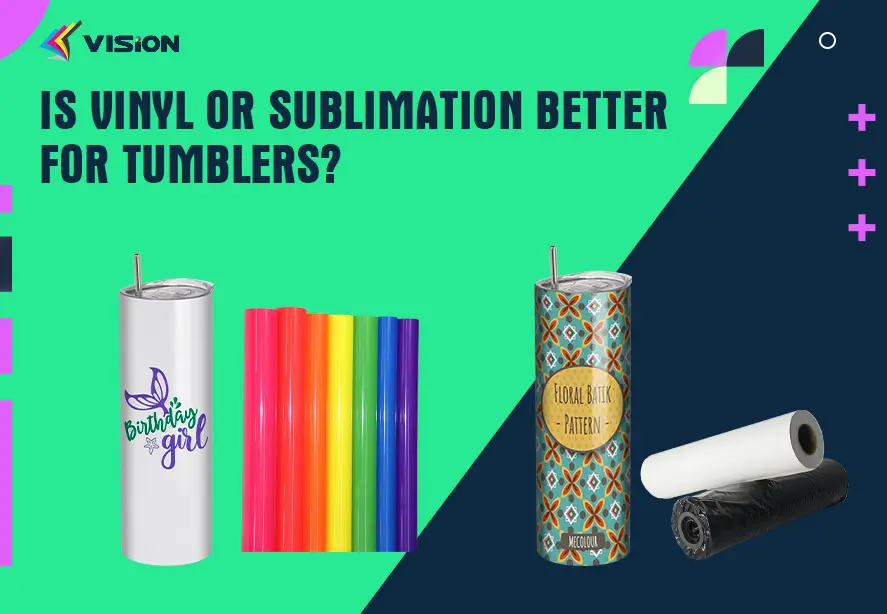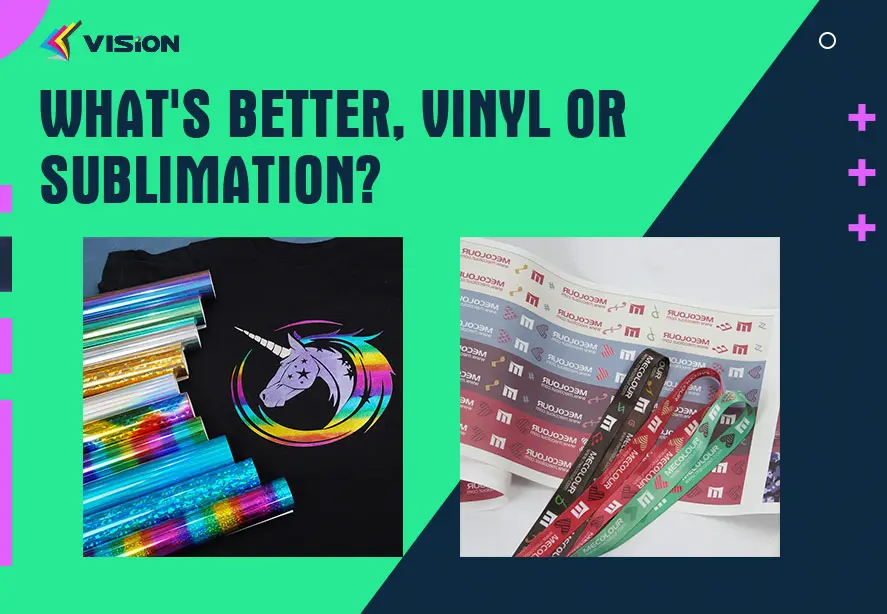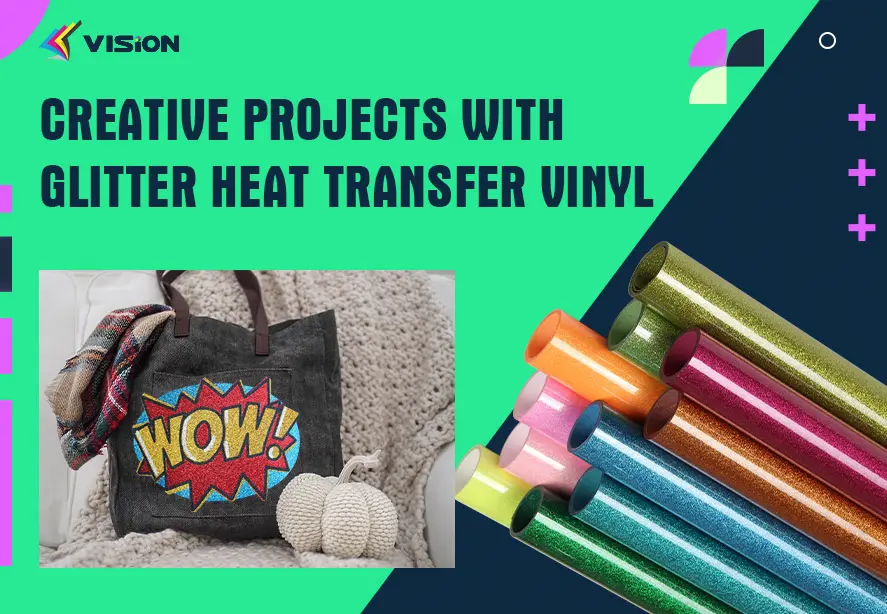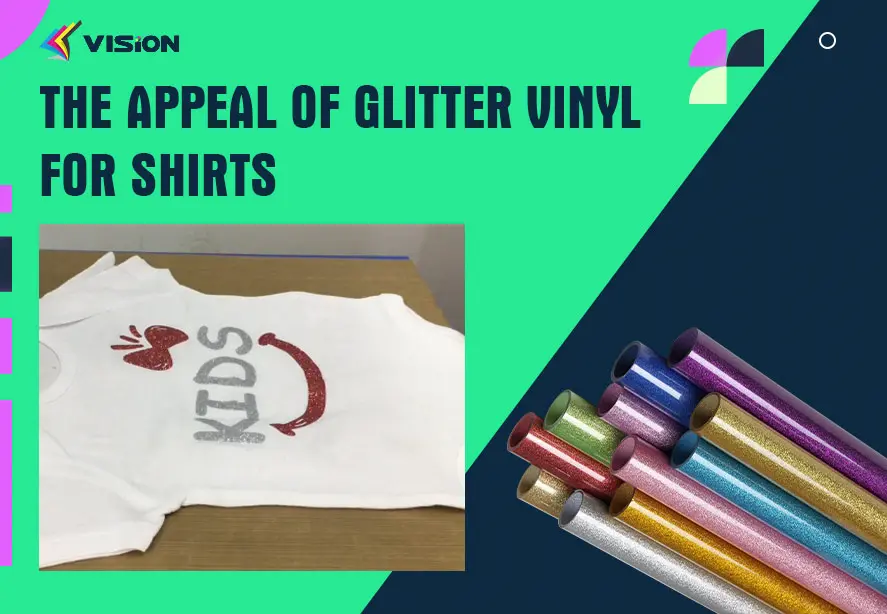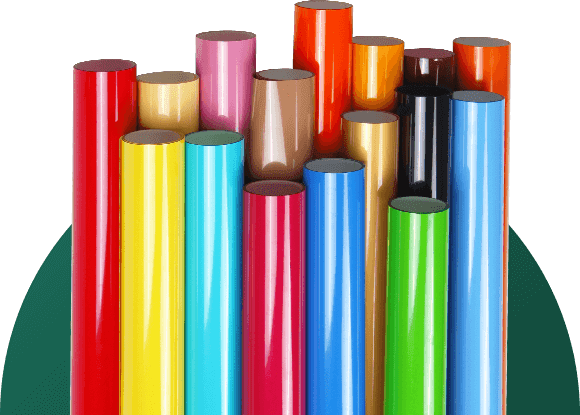What Fabric is Best for Heat Transfer Vinyl?

Not all fabrics are compatible with heat transfer vinyl, and understanding which ones work best can make a significant difference in the quality and durability of your finished product. In this article, we will explore the fabrics that work best for heat transfer vinyl, factors to consider when choosing fabric, and tips for ensuring a flawless application process.
Why Fabric Choice Matters for HTV Application
The fabric you select will significantly impact the overall finish of your design. Different materials have varying properties, including texture, stretchability, and heat resistance, all of which influence how well HTV adheres to them. Selecting the wrong fabric can result in peeling, fading, or cracking of the vinyl over time. To achieve a professional, durable finish, it’s essential to choose fabrics that work harmoniously with HTV.
Best Fabrics for Heat Transfer Vinyl
1. Cotton Fabric: The Most Versatile Option
Cotton is one of the best fabrics for HTV due to its natural fibers and smooth texture. The fiber structure of cotton allows HTV to adhere effectively when heat is applied. Cotton fabric is breathable, soft, and durable, making it a popular choice for t-shirts, hoodies, and other clothing items.
Benefits of Using Cotton with HTV:
Strong adhesion: HTV bonds well with cotton, ensuring a long-lasting application.
Smooth finish: The flat, non-textured surface of cotton fabric allows for clear and crisp designs.
Comfortable feel: Cotton is soft against the skin, making it ideal for wearables.
Tips for Working with Cotton:
Make sure the cotton fabric is pre-washed to remove any sizing or chemicals that might affect the adhesion.
Use medium heat settings when pressing to avoid burning or damaging the fabric.
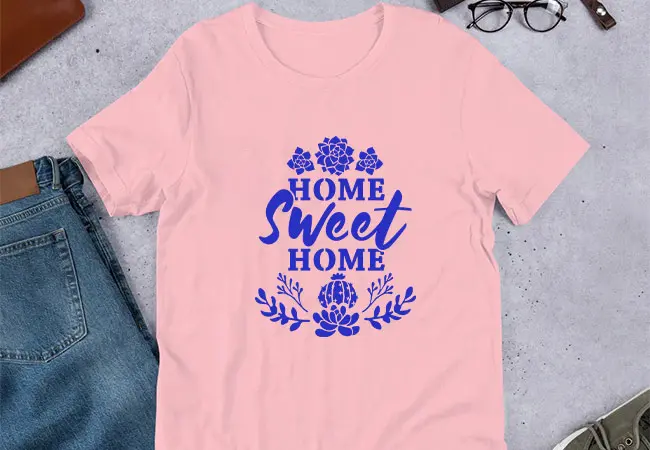
Cotton Fabric
2. Polyester: A Durable and Vibrant Option
Polyester is another excellent fabric for HTV, particularly for achieving vibrant, high-quality designs. As a synthetic fiber, polyester is highly resistant to shrinking and fading, making it ideal for sportswear and activewear. It holds color well and can withstand repeated washes.
Benefits of Using Polyester with HTV:
Long-lasting designs: Polyester fabrics tend to retain their shape and color longer than cotton.
Vibrant colors: HTV adheres well to polyester, creating vivid and bold designs.
Wrinkle resistance: Polyester does not wrinkle as easily, helping maintain a neat appearance.
Tips for Working with Polyester:
Use a lower heat setting to avoid damaging the fabric or causing the vinyl to melt.
Be cautious of the fabric’s finish. Some types of polyester, such as those with a glossy or smooth texture, may require additional pressure or heat to adhere properly.
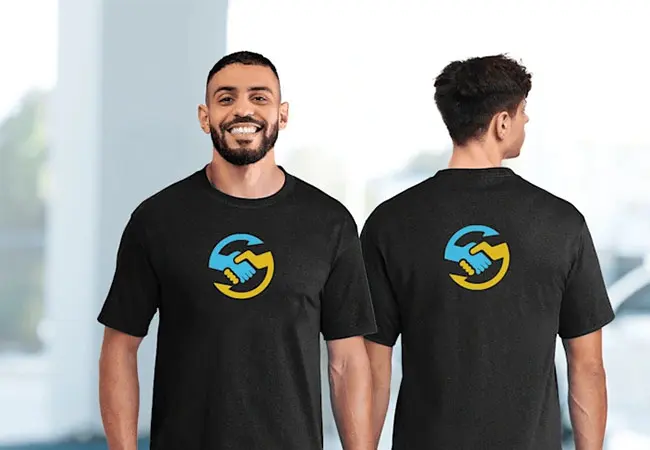
polyester t shirt
3. Blends (Cotton-Polyester Blends)
Cotton-polyester blends offer the best of both worlds: the breathability and comfort of cotton with the durability and color retention of polyester. These fabrics are commonly used in t-shirts, sweatshirts, and other casual wear, making them perfect for t shirt transfer vinyl designs.
Benefits of Using Blends with HTV:
Improved durability: The combination of natural and synthetic fibers makes these fabrics resistant to wear and tear.
Balanced performance: Cotton-polyester blends are versatile, providing both comfort and longevity.
Vibrant HTV results: The fabric holds HTV well, ensuring bright and long-lasting designs.
Tips for Working with Blends:
Use a medium heat setting when applying HTV to avoid damaging the fabric.
Ensure that the fabric is pre-washed to remove any residues from the manufacturing process.

Cotton-Polyester Blends sweatshirts
4. Rayon: A Lightweight, Luxurious Fabric
Rayon is a semi-synthetic fabric that offers a soft, smooth texture. While it is not as common as cotton or polyester, it can work well with HTV, especially when dealing with delicate or high-end garments.
Benefits of Using Rayon with HTV:
Soft finish: Rayon offers a luxurious, silky texture that feels smooth against the skin.
Elegant designs: Rayon is often used in upscale fashion, making it ideal for custom designs that require a refined look.
Tips for Working with Rayon:
Rayon requires careful temperature control during HTV application. Use low heat and a pressing pillow to protect the fabric from heat damage.
Be cautious about over-applying pressure, as rayon is a delicate fabric that can easily get damaged.

rayon t shirts
5. Nylon: A Durable Synthetic Fabric for Activewear
Nylon is another synthetic fabric that is often used for activewear, jackets, and bags. This fabric is highly resistant to wear and tear, making it suitable for items that undergo heavy use. While it may not be the easiest fabric to work with, HTV can adhere effectively to nylon with the right techniques.
Benefits of Using Nylon with HTV:
Durability: Nylon is resistant to abrasion and tearing, making it ideal for high-use items.
Water-resistant: Many nylon fabrics have a water-resistant quality, which adds another layer of functionality to your designs.
Tips for Working with Nylon:
Apply HTV at lower temperatures to avoid melting the nylon.
Use a cover sheet to prevent the heat press from directly contacting the fabric, which can cause damage.
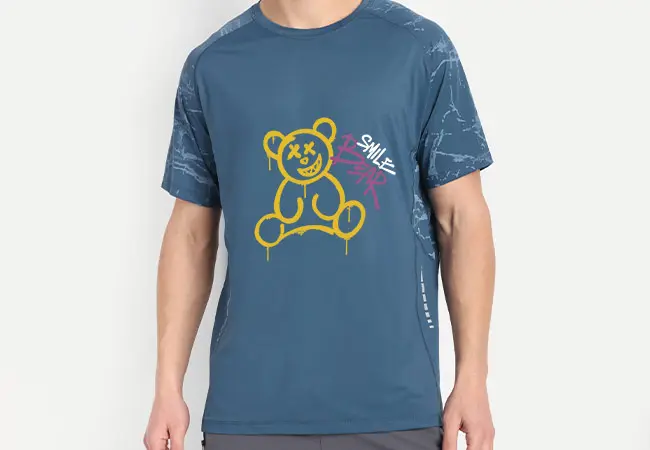
Nylon t shirts
Fabrics to Avoid for Heat Transfer Vinyl
While many fabrics work well with HTV, there are a few that should be avoided due to their inability to hold the vinyl properly. These include:
Silk and Satin: These fabrics have smooth, slippery surfaces that make it difficult for HTV to adhere.
Stretch Fabrics (like Spandex): Although some stretch fabrics can work with HTV, they require careful heat and pressure settings to avoid distortion of the design.
Linen: Linen’s coarse texture can make it difficult for HTV to bond evenly, leading to poor results.
Tips for Achieving a Perfect HTV Application
1. Pre-Press Your Fabric
Before applying HTV, it’s important to pre-press the fabric to remove any moisture, wrinkles, or residues. This ensures that the vinyl adheres correctly and avoids any unwanted texture in your design.
2. Use the Right Temperature and Pressure
Always check the manufacturer’s recommendations for both the HTV material and the fabric. Using too high a temperature or too much pressure can cause the vinyl to melt, while too little pressure can result in poor adhesion.
3. Test on a Scrap Piece
If you’re unsure about how your fabric will react with HTV, always test on a scrap piece first. This allows you to adjust your heat press settings and avoid wasting valuable materials.
When working with heat transfer vinyl, choosing the right fabric is crucial for achieving high-quality and durable designs. Cotton, polyester, cotton-polyester blends, and certain other fabrics work exceptionally well with HTV, providing vibrant and long-lasting results. Understanding the characteristics of different fabrics and adjusting your heat press settings accordingly can make all the difference in creating professional-looking custom garments.
Related:
Which Iron-On Vinyl is Best for Shirts?
How to choose the perfect Heat Transfer Vinyl for T-Shirts?
Mastering Heat Transfer Vinyl for T-Shirts Tips


